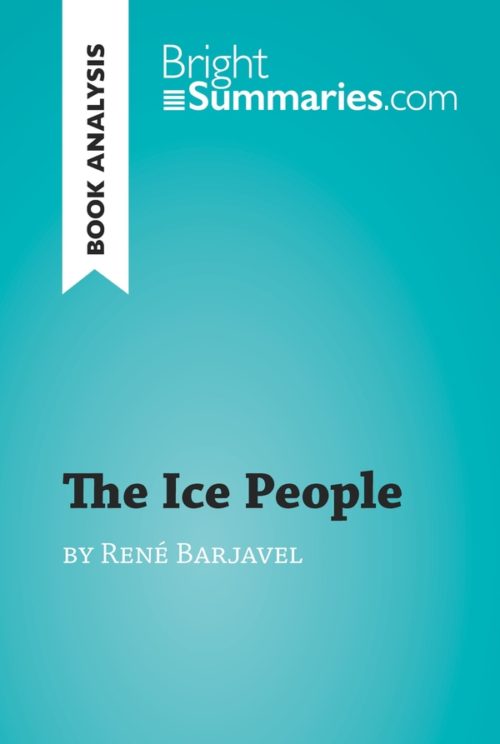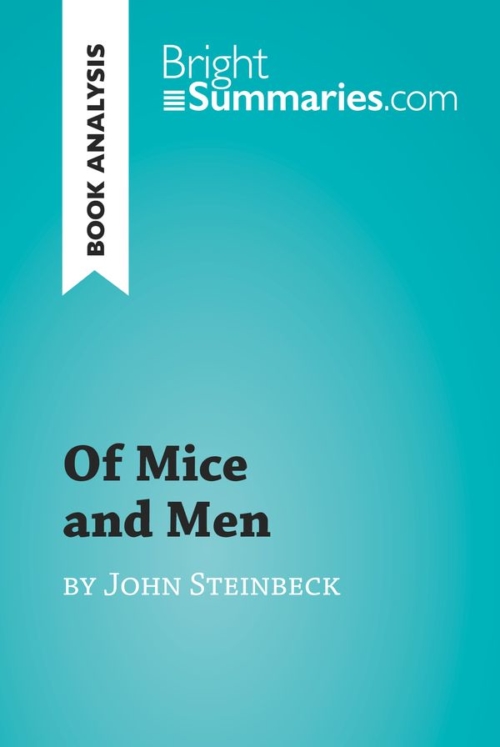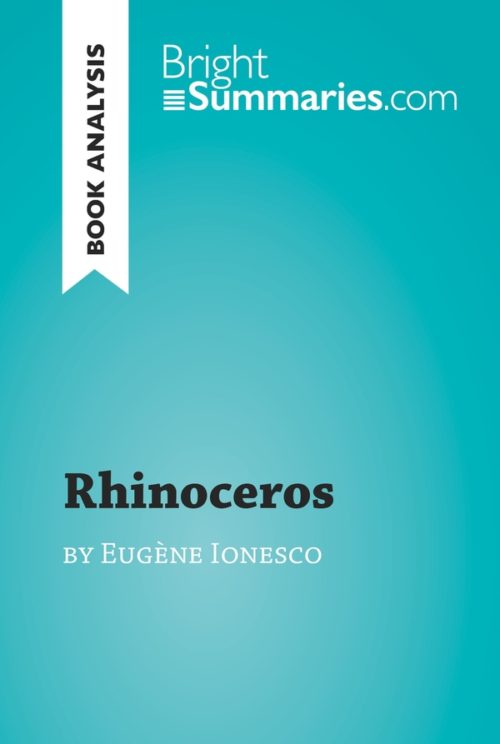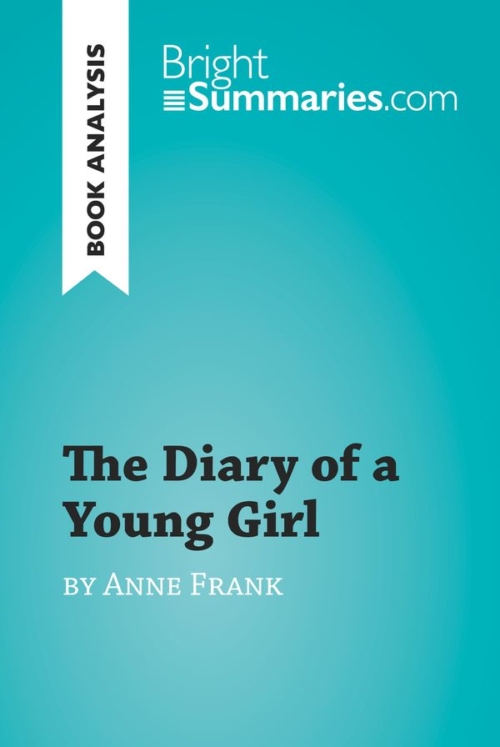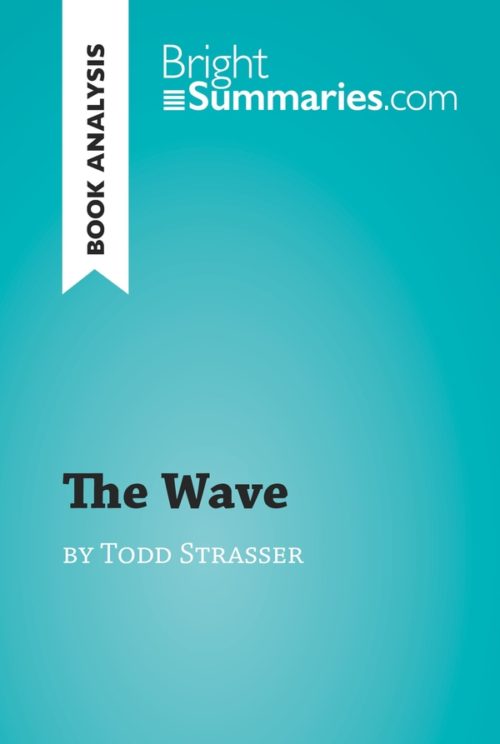The Tunnel by Ernesto Sábato (Book Analysis)
The Tunnel by Ernesto Sábato (Book Analysis)
Detailed Summary, Analysis and Reading Guide
Read more
This practical and insightful reading guide offers a complete summary and analysis of The Tunnel by Ernesto Sábato. It provides a thorough exploration of the novel’s plot, characters and main themes, including isolation, obsession and the difficulties of human communication. The clear and concise style makes for easy understanding, providing the perfect opportunity to improve your literary knowledge in no time.
This clear and detailed 46-page reading guide is structured as follows:
- Biography of Ernesto Sábato
- Presentation of The Tunnel
- Summary of The Tunnel
- Character study
- Juan Pablo Castel
- María Iribarne
- Allende
- Hunter
- Mimí
- Analysis of The Tunnel
- Form
- Themes
About The Tunnel
The Tunnel blends the characteristics of detective and psychological fiction as it draws us into the disturbed subconscious of Juan Pablo Castel, who is attempting to explain what drove him to murder a young woman with whom he became obsessed after she saw his work at a painting exhibition.
The novel is one of the most influential Latin American works of the past century, and its first edition immediately sold out when it was published in Buenos Aires in 1948. Its many admirers include the Nobel Prize winners Thomas Mann and Albert Camus, who recommended the book to the French publishing house Gallimard.
About Ernesto Sábato
Ernesto Sábato initially studied and taught physics, before deciding to turn his attention to writing. His novels, essays and journalism garnered international acclaim: his many literary awards include the Premio Gabriela Mistral, the Jerusalem Prize and the Menéndez Pelayo International Prize, and in 1984 he became the second ever Argentinian writer to win receive the Miguel de Cervantes Prize, one of the most prestigious literary awards for Spanish-language writers. He also served as the president of Argentina’s National Commission on the Disappearance of Persons, which played a key role in bringing those responsible for forced disappearances during the country’s military dictatorship (1976-1983) to justice.
Product details
| ISBN | 9782808001762 |
|---|---|
| Publisher | Plurilingua Publishing |
| Collection | Brightsummaries.com |
| Format | |
| Pages | 46 |
| File size | 2.1 MB |


